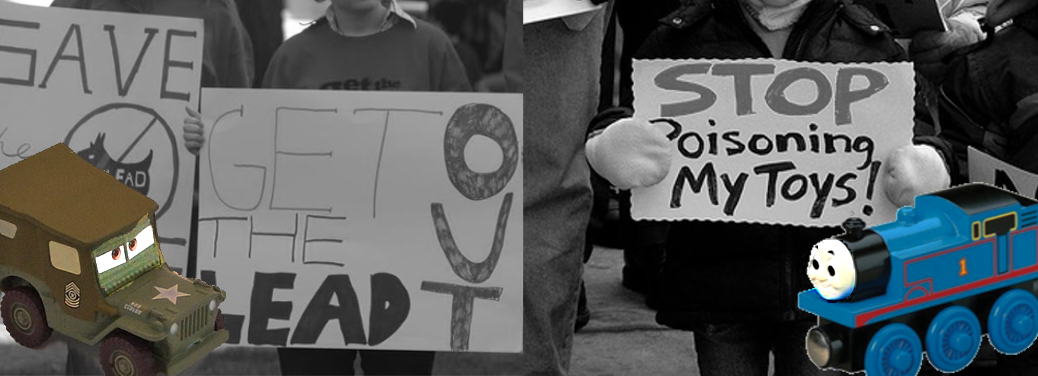I found Katz’s article “Reconstructing Masculinity” to be very interesting in its navigation of gender binaries and issues arising from the intersection (and conflation) of sex and gender. What struck me particularly about this was how the MVP program Katz describes can be seen almost entirely in terms of reframing, renaming, rebranding, or more strongly (as the article’s title puts it), reconstructing.
One main goal is the reframing of violence against women as an issue for everyone, not just women. Another that is part of the MVP program is the rebranding the man as potential bystander rather than potential assaulter. The whole program is framed as trying to discourage passivity, not as trying to discourage the individual athletes from enacting violence towards women. These two goals exemplify two different approaches to gender: the first seems to encourage movement away from understanding violence along lines of gender binary, while the second works within the ‘male’ category to change the way in which men relate to the female ‘other’.
The fact is, though, the problem of violence is gendered, as Katz notes that around 90% of perpetrators are male, regardless of the gender of the victim. Thus, while the gender binary is frustrating to me, I see the value in Katz’s all-male workshops when men can talking about issues of violence in gender-segregated contexts, and which allows participants to “deconstruct the monolithic image of masculinity the media have presented to them” (165).
It is this deconstruction which I think is the most important part of this project, for the issue of abuse goes far beyond the physical actions involved, but is connected to the attitudes of masculinity that place women in a position of inferiority. …Though it might be more accurate to say that (hegemonic) masculinity places femininity as inferior, where femininity is understood from this masculine perspective as including both women and gay men.
A reforming of masculine identity to rely less on defining itself in opposition to the feminine would help break down the binary understanding of socially-enacted gender (and possibly sexuality too, as masculinity and heterosexuality are so often conflated) and could have implications for the way in which people of different gender identities interact.

